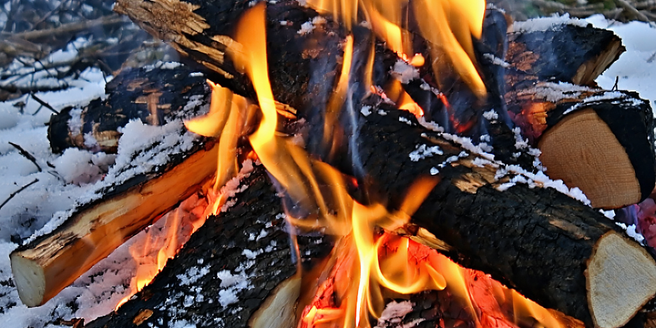
Selecting the Right Campfire Site
Selecting the right campfire site is crucial to a safe and enjoyable campfire cooking experience. Begin by choosing a site that adheres to Leave No Trace principles, ensuring minimal impact on the surrounding environment. Look for a location with plenty of open space to avoid setting any nearby vegetation or structures ablaze. The soil should be sandy or gravelly to help contain the fire, and the site should be sheltered from winds. Ensure that you are at least 200 feet from any water sources to prevent contamination. Clear the area of any dry leaves, twigs, or other flammable materials, and use existing fire rings if possible. Always consider local regulations and fire bans to ensure that campfires are permitted in your chosen location.
Essential Tools for Campfire Cooking
Successfully cooking over a campfire requires a few essential tools. A sturdy fire grate or grill grate will provide a stable surface for pots and pans. Long-handled utensils, such as tongs and spatulas, are critical for handling hot food and avoiding burns. Invest in a cast iron skillet for its excellent heat retention and versatility. Heavy-duty aluminum foil can be used for foil packet meals, while a fireproof kettle or dutch oven is ideal for soups and stews. Ensure you have a fire poker or stick to manage the wood, and always keep a bucket of water or a shovel and dirt nearby for extinguishing fires. With these tools, you’ll be ready to prepare a variety of delicious meals on your next camping trip.
Building a Perfect Cooking Fire
The foundation of successful campfire cooking lies in building the perfect fire. Begin by stacking small, dry kindling in a crisscross pattern to establish a base. Surround the kindling with progressively larger pieces of seasoned wood, leaving space for air circulation. Create a tinder bundle from leaves, twigs, or paper to ignite the fire. Use matches or a lighter to set the tinder alight and gently blow on the base to grow the flames. Allow the wood to burn down to hot embers, which provide consistent heat for cooking. Arrange the embers in an even layer beneath your grill grate or cooking surface. This method yields a controlled flame that is ideal for preparing meals without excessive smoke or flare-ups.
Foil Packet Cooking Recipes
Foil packet cooking offers a convenient and adaptable method for campfire meals. Start by selecting fresh ingredients like vegetables, proteins, and seasonings. Lay a large piece of heavy-duty aluminum foil on a flat surface, then arrange a serving of your chosen ingredients in the center. Fold the foil over the food to create a pouch, sealing the edges tightly to trap steam and flavors. Place the packets on hot embers, allowing them to cook for 20-30 minutes depending on the contents. Popular recipes include lemon herb salmon with asparagus, barbecue chicken with bell peppers, and seasoned mixed vegetables. Foil packet cooking is not only easy but also minimizes cleanup, making it an excellent option for campers.
Skillet Meals for Cold Nights
When the temperature drops, nothing beats a warm, hearty meal from a campfire skillet. Cast iron skillets are perfect for cooking over an open flame due to their even heat distribution and ability to handle high temperatures. Start with classic dishes like campfire chili, where ground meat and beans simmer together in savory spices, or try a breakfast scramble with eggs, sausage, and cheese. For an easy dinner, create a one-pan pasta with your favorite ingredients, or sauté vegetables with olive oil and garlic for a tasty side. Remember to preheat the skillet on medium heat before adding ingredients. Skillet meals are not only satisfying but also versatile, ensuring all campers are well-fed during those chilly nights.
Safety Tips for Campfire Cooking
Safety is paramount when cooking over a campfire. Always maintain a safe distance from flames and use long-handled cooking tools to prevent burns. Keep a close watch on children and pets to avoid accidents. Set up the cooking area on stable, flat ground away from overhanging branches. Never leave the fire unattended and have a fire extinguisher, bucket of water, or sand nearby to quickly put out flames if necessary. Use flame-resistant gloves when handling hot equipment, and ensure all food is cooked to a safe internal temperature to prevent foodborne illnesses. Finally, fully extinguish the campfire after use by dousing it with water and stirring the ashes until cold. Responsible behavior ensures enjoyable and incident-free cooking adventures.
